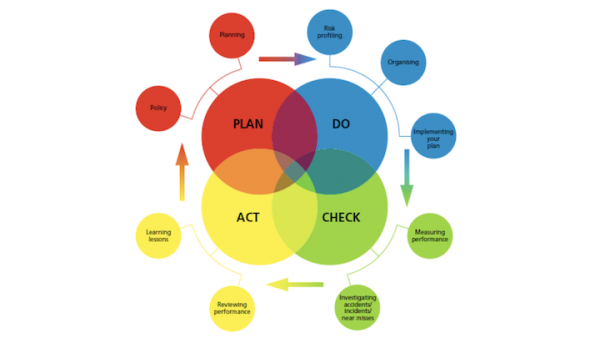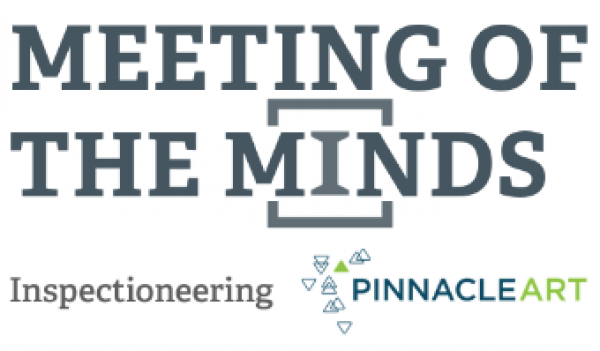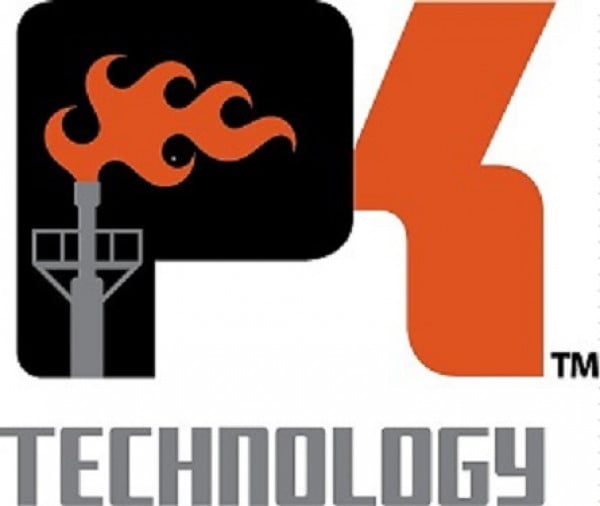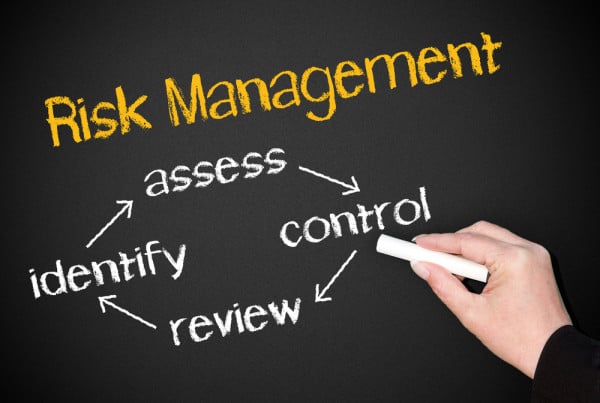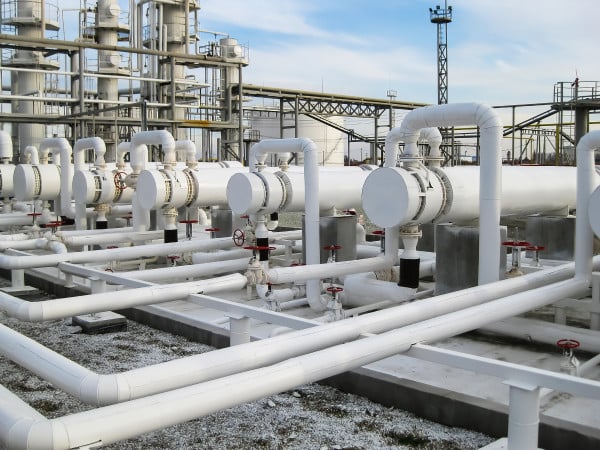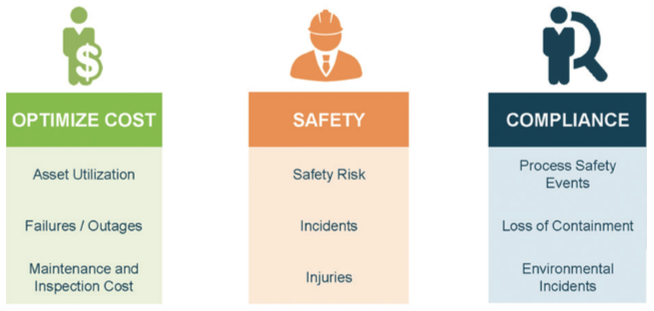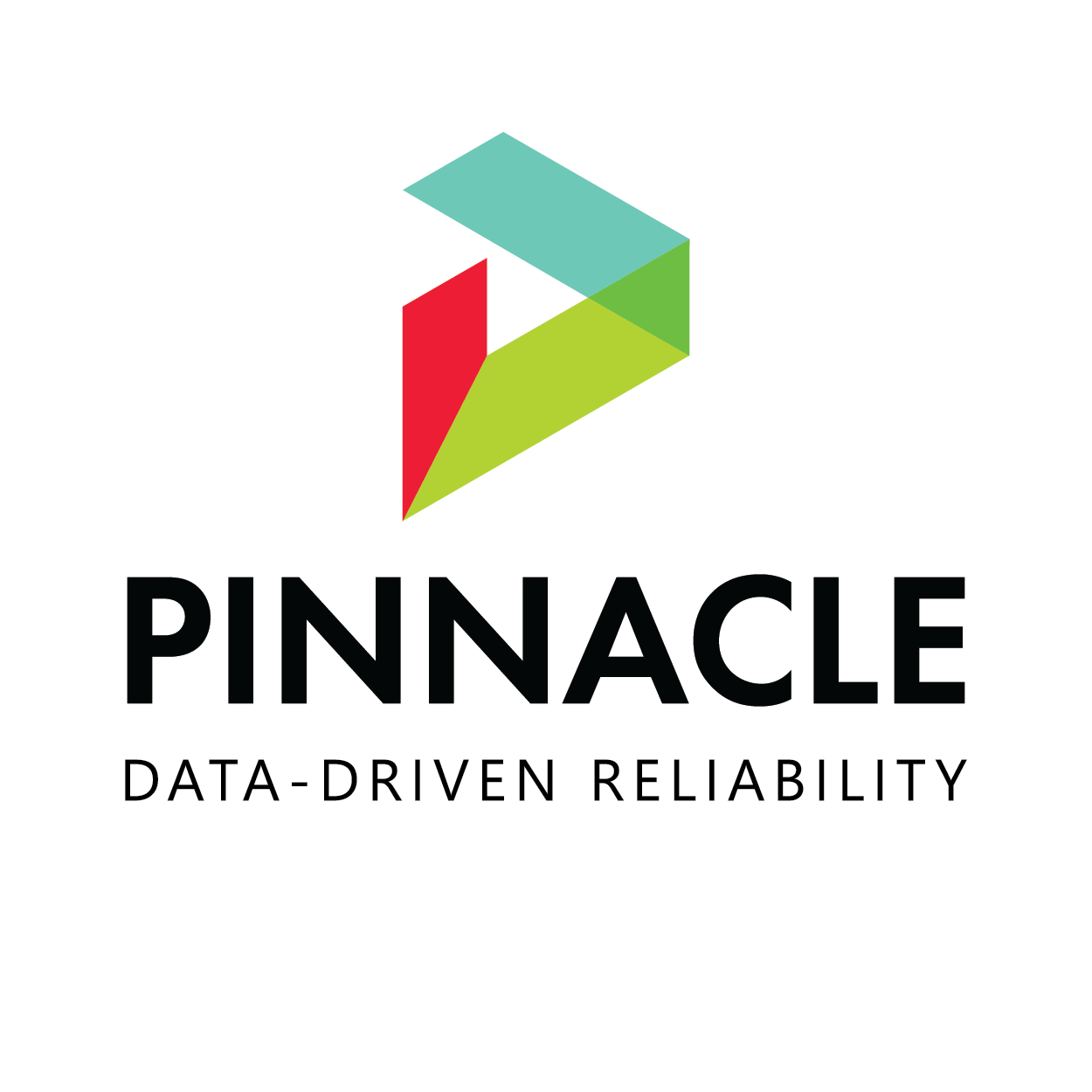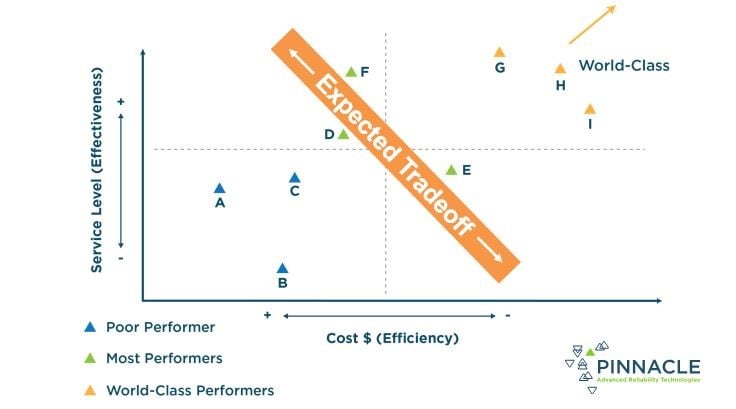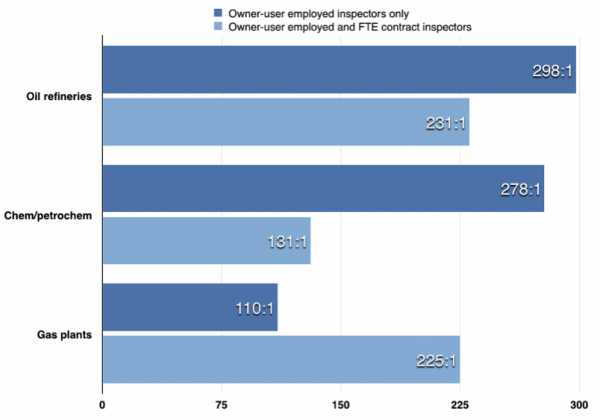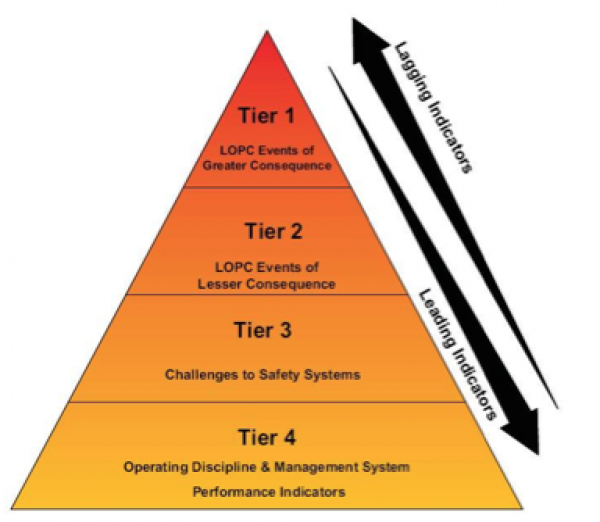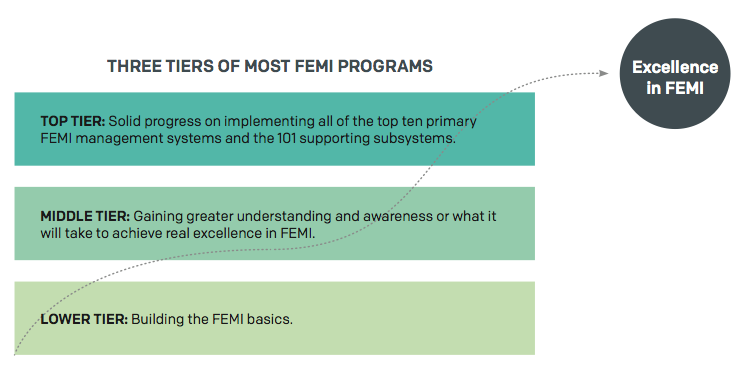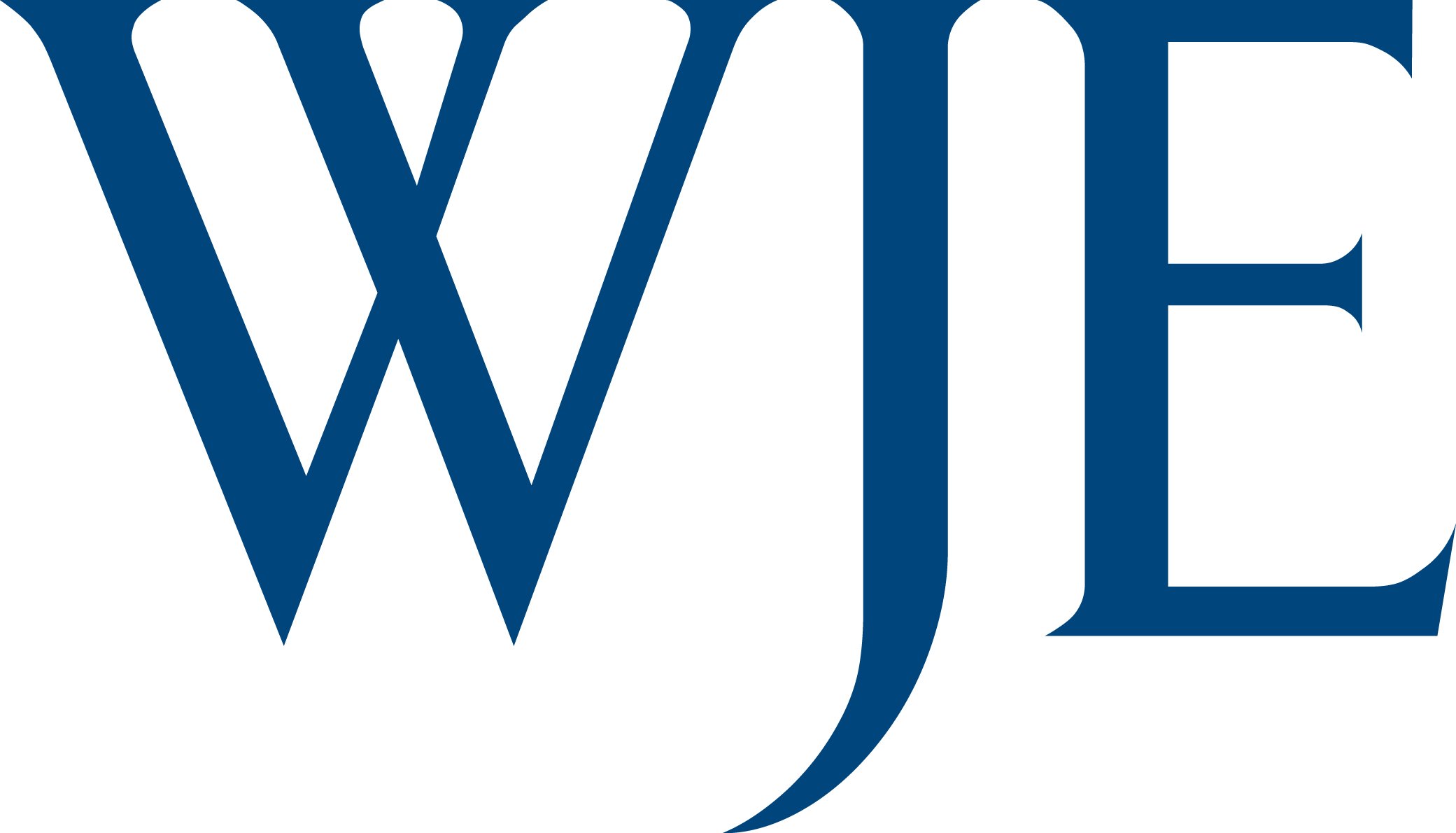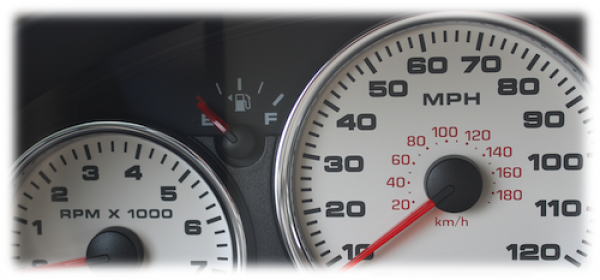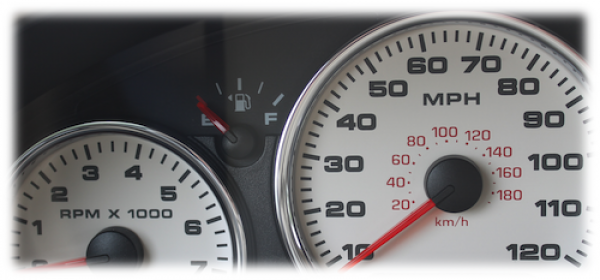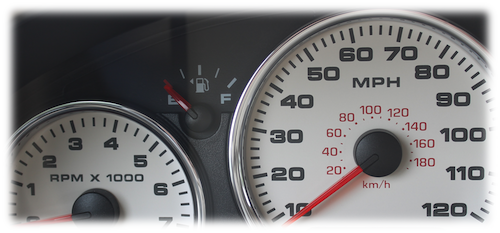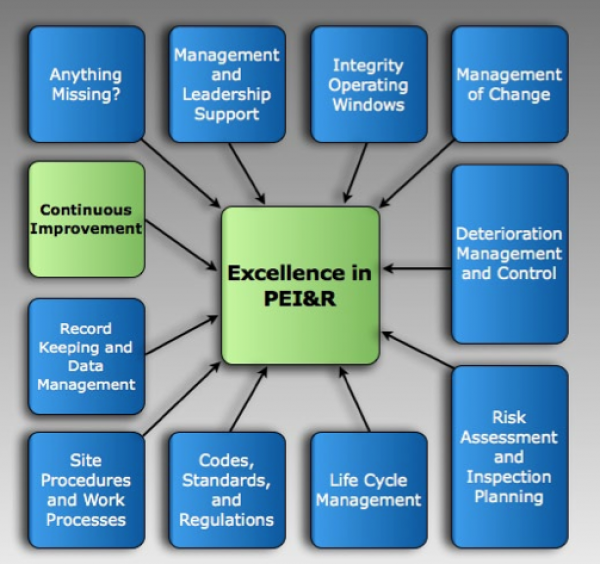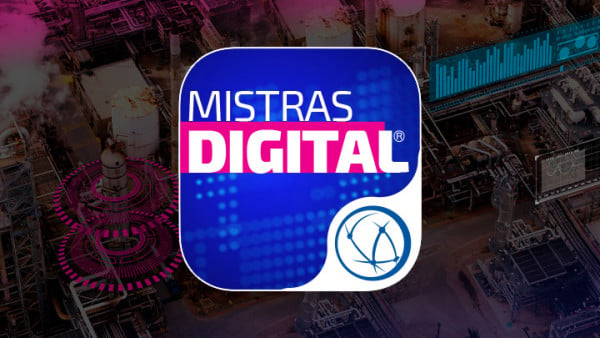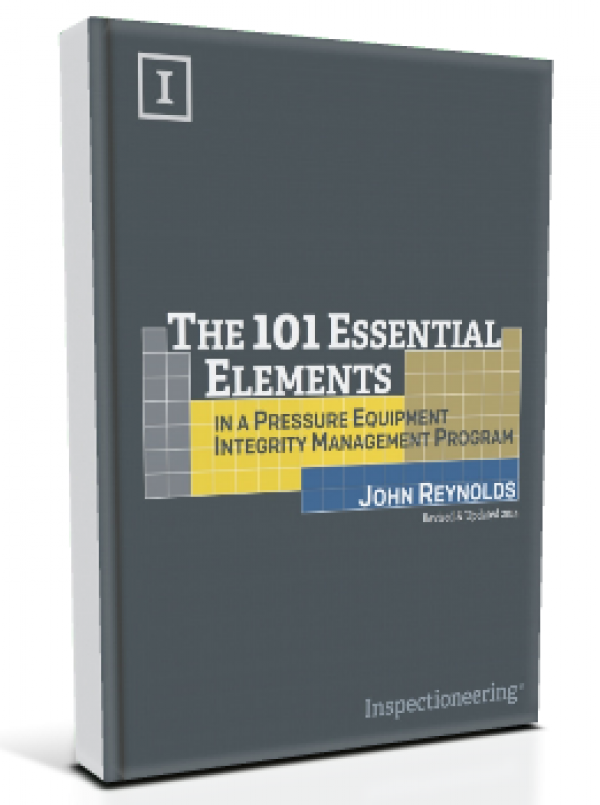Key Performance Indicators (KPIs) are those metrics used by organizations to track and measure the performance or success of quantifiable values. KPIs can be used by individuals, businesses, facilities, and organizations to keep track of how close or far away they are to completing their goals. These goals can be process related, tied to efficiency or production, or related to an organization's finances, among a number of other useful metrics. KPIs should be selected in consideration of an organization’s overall goals. They should also be specific so that everyone within the organization is aware of exactly what they are attempting to measure
- Reliability KPIs such as amperage draw on a machine,
- Fixed equipment reliability KPIs such as leaks, overdue inspections, and exceedances of Integrity Operating Window limits,
- The frequency of a Fitness for Service (FFS) assessment (Level 1, Level 2, or Level 3),
- Number of inspectors per vessel,
- Number of unscheduled shutdowns related to the fixed equipment reliability program,
- Inhibitor performance, perhaps by corrosion rate measurement; and,
- Risk-based inspection implementation
One important thing to remember about KPIs is that they are not ends unto themselves. Each KPI should be tied into the organization's overall goals, but they are not themselves the goal. It’s also important to note that every organization is different, thus every organization will have different goals and different indicators of performance. Just because a KPI metric works for one company, doesn’t mean it will work for another.
Relevant Links
Topic Tools
Share this Topic
Contribute to Definition
We welcome updates to this Integripedia definition from the Inspectioneering community. Click the link below to submit any recommended changes for Inspectioneering's team of editors to review.
Contribute to Definition



